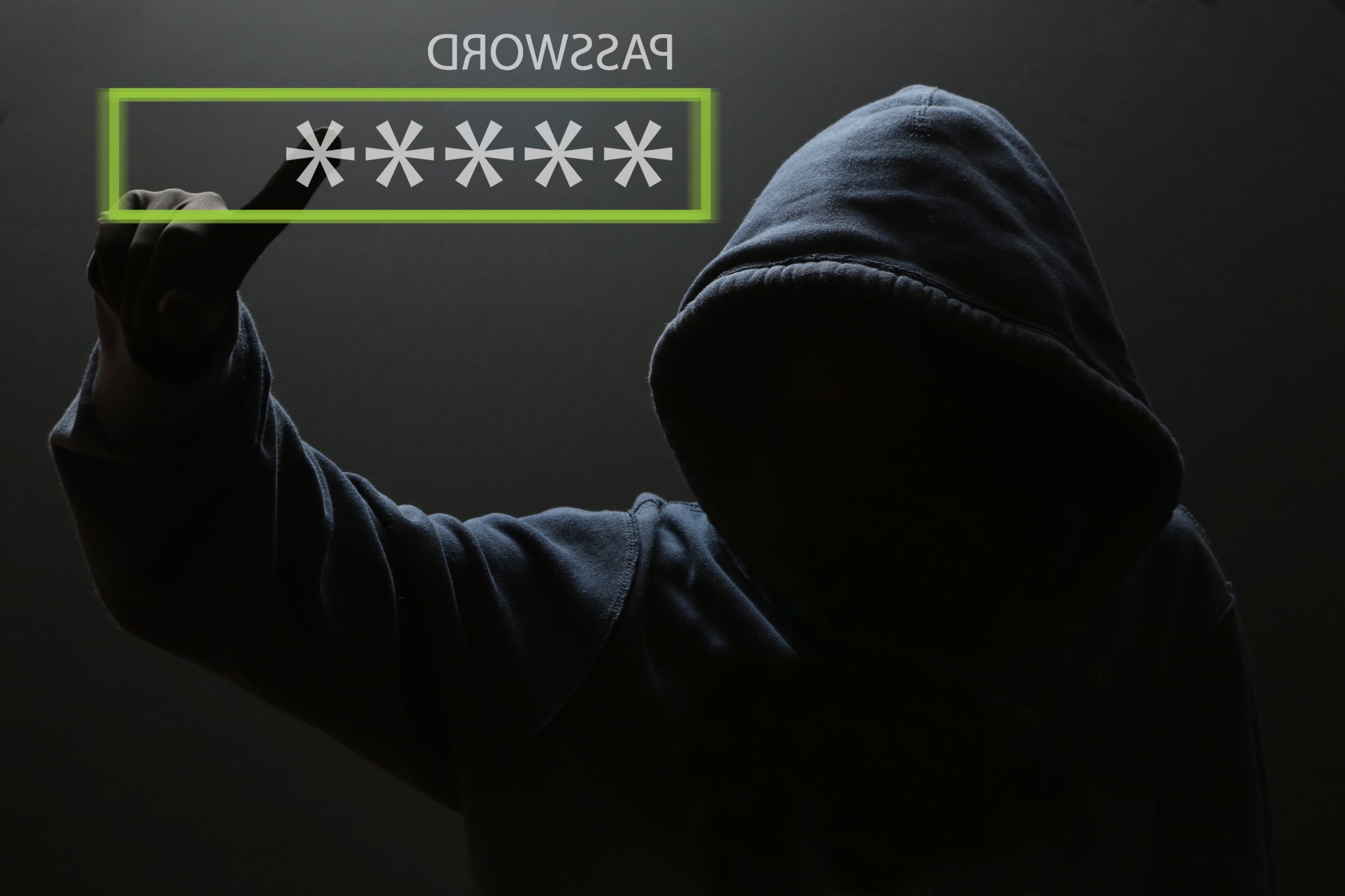
More than a year ago, Federal Trade Commission Chair Edith Ramirez asked Congress to strengthen her agency’s data security powers. “Never has the need for such legislation been greater,” she said during a hearing in early 2014.
Nearly two years later, never has a statement like “never has the need been greater” remained an accurate description of a systemic failure when it comes to real advances — at both the government and enterprise level — to protect consumers from bad data security practices. This goes for both the for-profit and nonprofit sectors, and it is why a recent “suggestion” made by the Internal Revenue Service is particularly illogical and alarming.
In September, the IRS proposed giving nonprofits the option of providing more information about people who contribute $250 or more. What kind of information you ask? Just the kind that can make your life a living Hell should it fall into the wrong hands: Name, address, Social Security number. And as an op-ed in the Wall Street Journal pointed out, while the IRS has made the option voluntary for the time being, “that’s often a prelude to compulsory.”
Predictably, most of the criticism leveled at the proposal so far is focused on the cooling effect it will have on donations to politically oriented nonprofits. There is, however, a much more serious and impactful issue here. Not enough has changed in our approach as a society to data security for practices such as more granular data collection to be recommended by a government agency.
If the Office of Personnel Management (along with just about every other federal agency and countless multibillion-dollar financial services, retailers and even cyber security organizations) can get hammered by hackers, can’t just about anyone else? The answer should be obvious. As breaches have become the third certainty in life, the IRS proposal, seen through the prism of current data security practices “out there,” is both misguided and terrifying.
There Is No Functional Standard
The government’s response to identity-related issues and the state of data security legislation continues to fall far short of what is needed to stop the flow of our digital lives into an increasingly inhospitable unknown where, according to the latest yearly roundup, there is a new victim of an identity-related crime every two seconds, and an alarming $16 billion was stolen from 12.7 million consumers in 2013.
To take just one example, the breach at the Office of Personnel Management exposed incredibly sensitive data. The files of more than 22 million people were put at risk, everyone from present and former government employees, contractors and airline workers to CIA agents and their families, roommates and friends. Information from background checks for security clearances was compromised and millions of Social Security numbers and 5.6 million fingerprints were exposed, so you can well imagine that more than enough data points were leaked to enable a fraudster to execute a contract on a house purchase, commit a crime in another person’s name, engage in tax fraud and refund diversion or engineer medical identity theft — the list only limited by the imagination of the hackers or their customers. Of course the reason this happened is an all too familiar story. The agency was woefully under-protected against data foragers.
There was the typical aftermath: promises, posturing and bluster. There was the Federal Information Security Modernization Act of 2014 (FISMA), which, among other things, allowed the Department of Homeland Security to make sure the OPM handled their data better. But after a much-vaunted “30-day Cybersecurity Sprint,” requested by the White House and conducted by the Office of Management and Budget, it seems reasonable to ask how much has actually changed? We know the answer. “Strong authentication for privileged and unprivileged users” increased from 42% to 72% of users. (That’s a C- in grade-school terms.)
More Change Is Needed
All indication would suggest nowhere near enough has changed. According to an OPM report last month filed by the inspector general, the agency “continues to struggle to meet many FISMA requirements.”
As with the government, so goes the country. If the Office of Personnel Management was and continues to be the poster child for data insecurity when so much is at stake, what do you suppose the security measures are at your place of worship where you regularly donate money that gets claimed in your tax return? Or how about the local or even national charities you take care of at the end of every year? And yes, what about your favorite political action committee?
Consider this: Your information might actually be safer at the Office of Personnel Management after their catastrophic breach than it is at your nonprofits of choice. The IRS is most likely a safer bet as well, though it was also hit this year to the tune of more than 300,000 people possibly compromised in the Get Transcript hack.
The IRS Is Endangering Itself
The bigger problem here is diverted tax refunds, which costs the government big time.
We’ve seen $5.8 billion get stolen already, and estimates are as high as $21 billion for 2016. So why increase the United States Treasury’s attackable surface by providing fresh meat for thieves to get the information they need to commit tax fraud? With many in Congress looking to limit the deductions that people can take, one would think an even greater outflow (by way of stolen tax refunds) might be something the IRS would want to sidestep, but instead they seem to be willfully stepping into harm’s way by encouraging organizations that are under-resourced and ill-equipped to defend themselves against hackers to store information that will cost the government serious dollars.
All this leaves us with is a rhetorical question: Should the IRS ask nonprofit organizations to collect and store your Social Security number?










